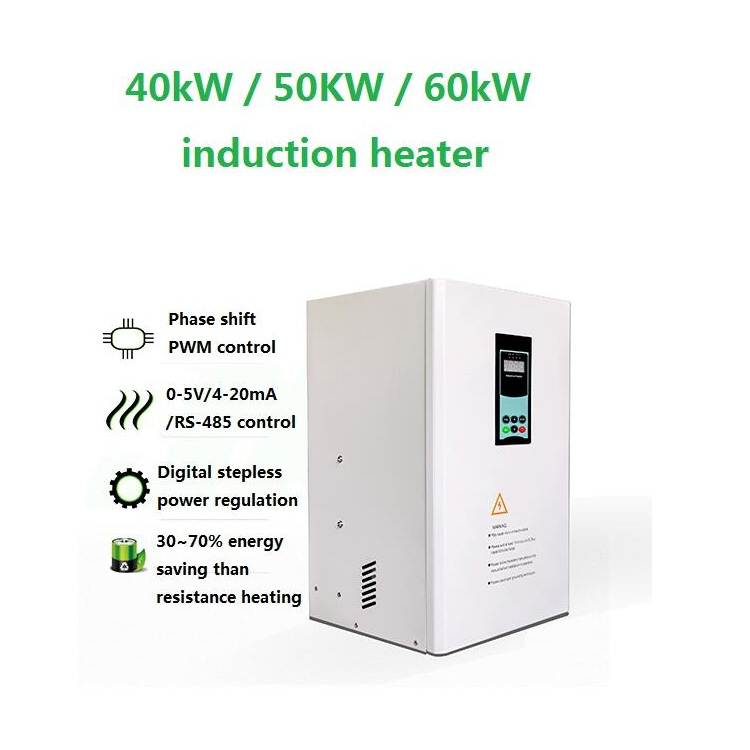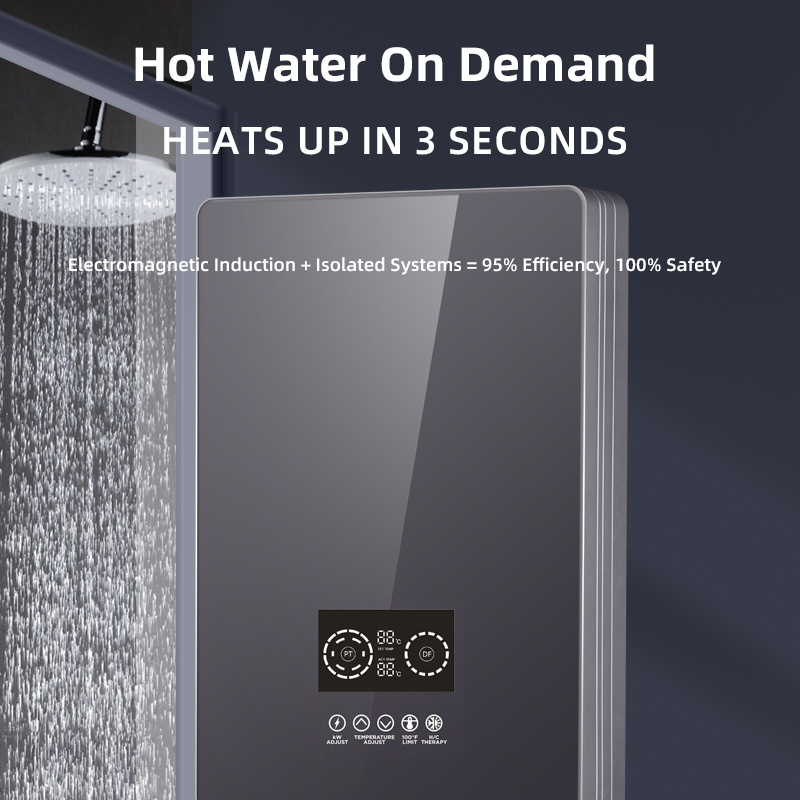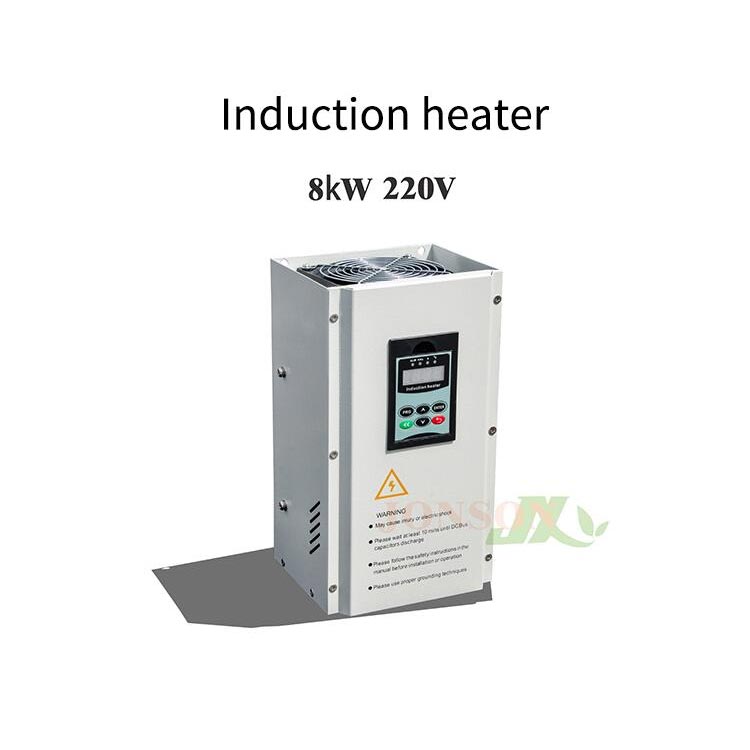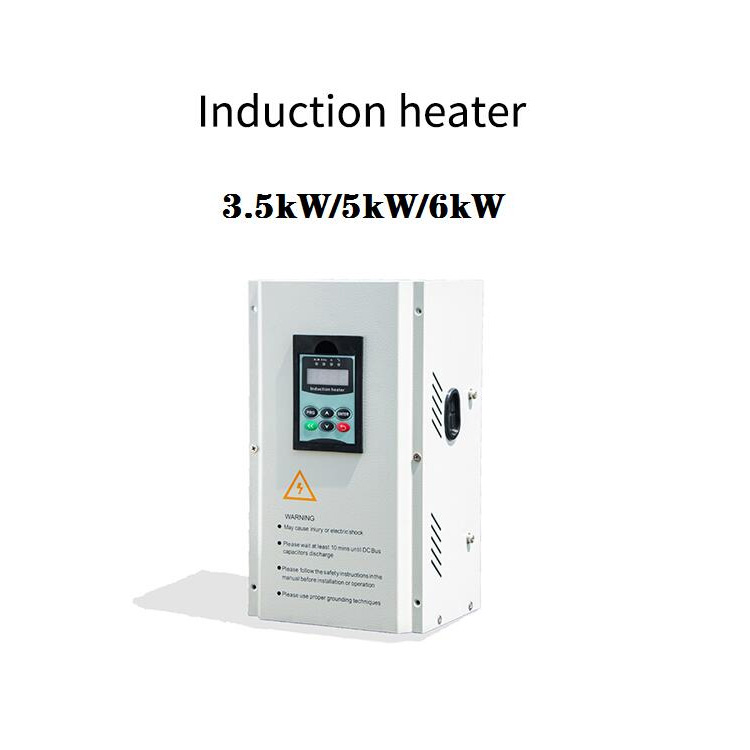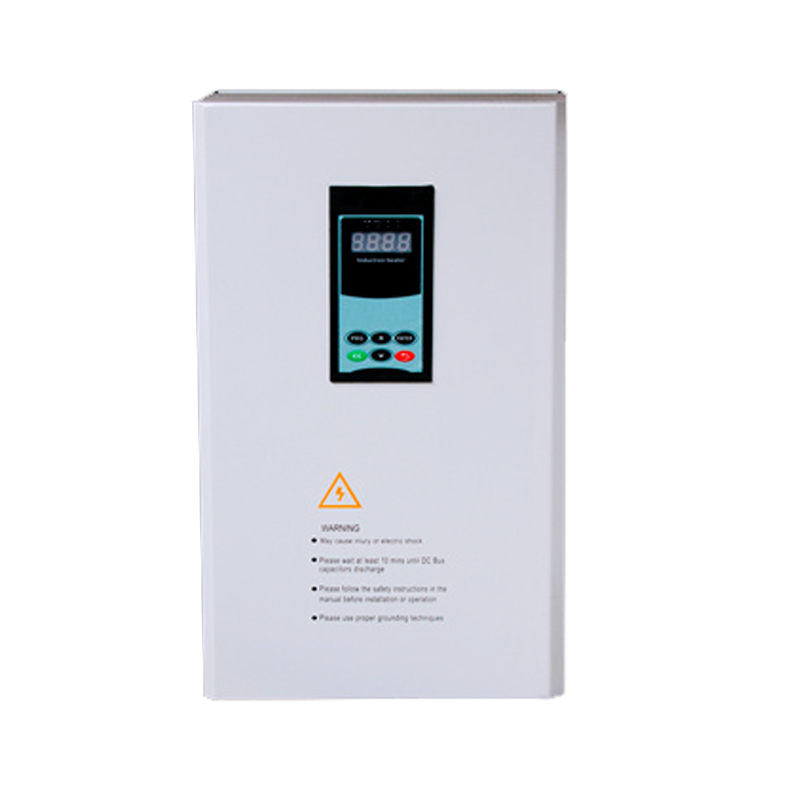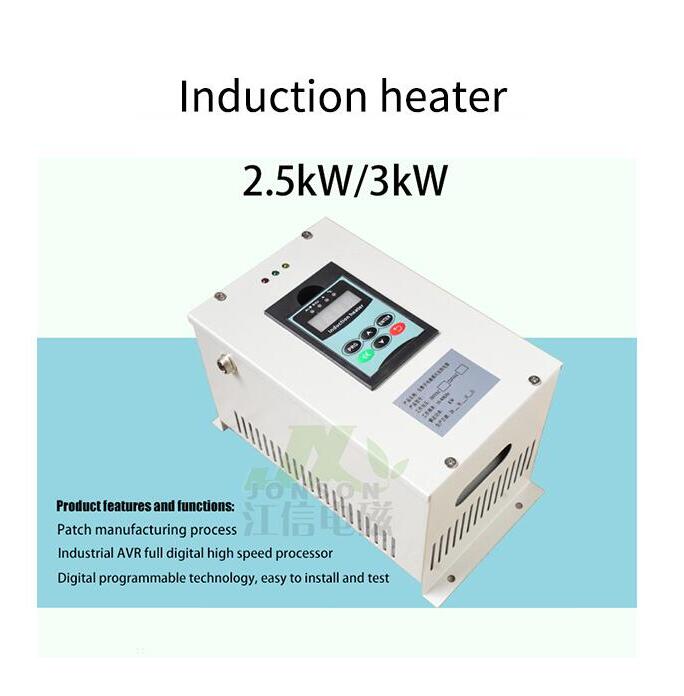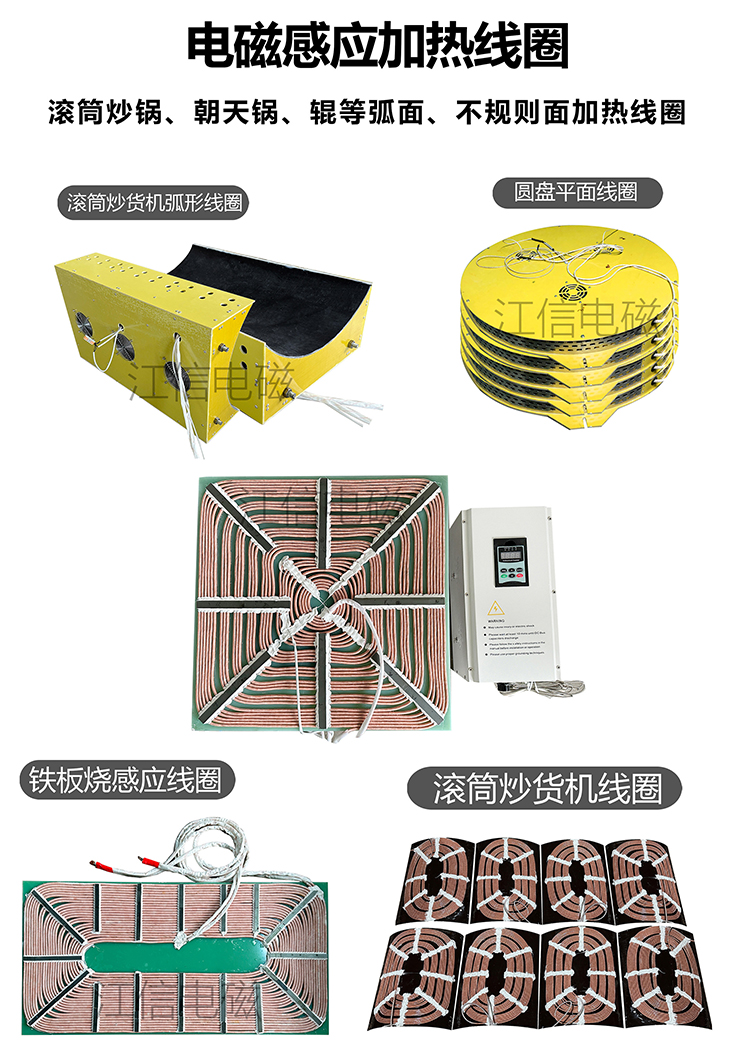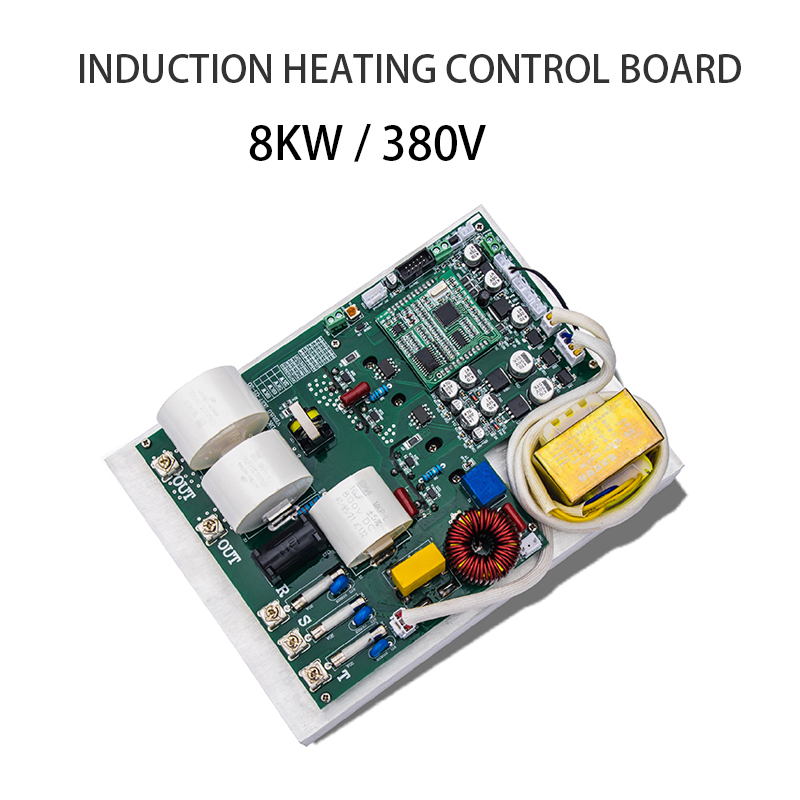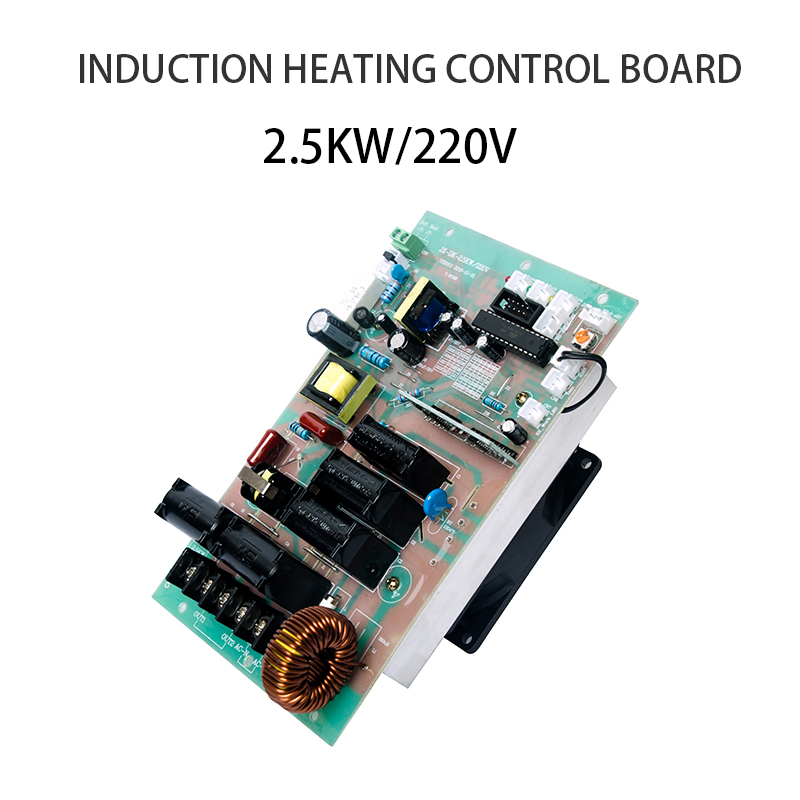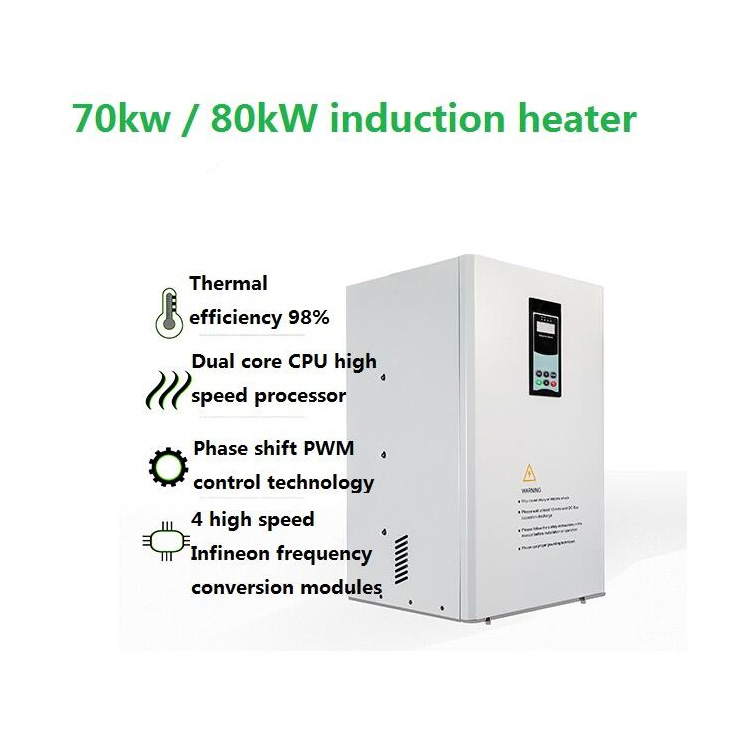In modern mechanical assembly and maintenance processes, induction heating equipment for bearings has become an indispensable and highly efficient tool for many enterprises. As the name suggests, it is most commonly used to heat various types of bearings to facilitate interference fit installation. But did you know that?
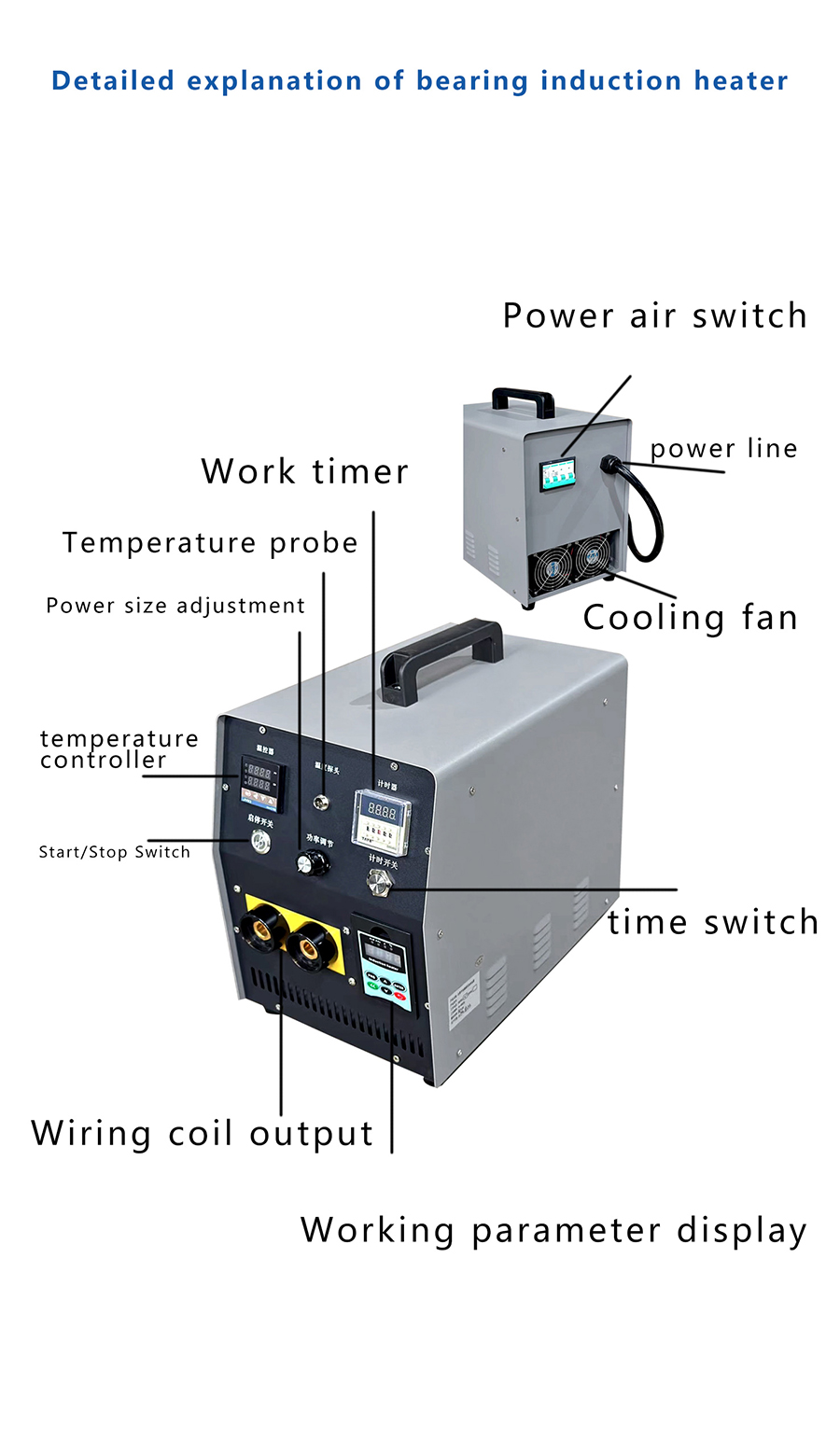
Apart from bearings, this equipment can also be used to heat and install many other metal parts, not only efficiently but also more safely and precisely!
Today, let's discuss: Can induction heating equipment for bearings be used for other parts? The answer is: Of course!
I. The principle of induction heating determines its "versatility"
The core principle of induction heating equipment for bearings is electromagnetic induction heating, which generates eddy currents inside the workpiece through an alternating magnetic field to rapidly heat the metal.
As long as the material is conductive metal, especially ferromagnetic materials (such as carbon steel, cast iron, alloy steel, etc.), it can be heated.
In other words, it is not specifically designed for "bearings", but is "most commonly used for bearings".
II. What other parts can it be applied to?
Apart from bearings, the following parts are also very suitable for using induction heating equipment for thermal assembly:
1. Gears
When installing gears, the inner hole needs to expand to fit the shaft. Induction heating is highly efficient and does not involve open flames.
It ensures that gears do not deform or anneal, and the installation is more precise.
2. Couplings
Couplings are large in size. Using induction heating can evenly heat them, avoiding local stress.
3. Rings / rollers / drums
Some large drum structures or sleeve parts can use induction heating to replace the cumbersome oil bath or fire heating methods.
4. Large mechanical components in wind power, motors, mining, etc.
Such as synchronizers, sealing rings, shaft sleeves, gear rings, etc., which are often large in size and difficult to heat manually. Using induction heating equipment can quickly, evenly, and safely complete the heating before assembly.
III. Why choose induction heating equipment to heat "non-bearing parts"?
Advantages Explanation
Non-contact heating No open flames or oil baths, environmentally friendly and safe
Uniform heating Reduces the risk of stress concentration, deformation, and burning
Precise temperature control Heating temperature and time can be set to avoid overheating or annealing
High efficiency Heating speed is much faster than traditional methods, suitable for batch assembly or maintenance
IV. Usage suggestions and precautions
When heating other parts, it is necessary to confirm:
Whether the part is an inductive material (such as ferromagnetic)
Whether the size and shape are suitable for placing in the heating equipment or using the matching heating ring
Whether special temperature control or central support is needed
Some induction heating equipment comes with various heating fixtures and extended magnetic cores to support the heating of irregular or large parts.
V. Conclusion: Multi-purpose, enhancing enterprise efficiency
So, induction heating equipment for bearings is not "limited to bearings". As long as the method is mastered, it can become a "multi-functional heating assistant" in the workshop, greatly improving assembly efficiency, saving labor costs, and reducing equipment wear.
If your enterprise is facing installation difficulties with gears, couplings, drums, etc., it is worth considering using induction heating equipment for bearings to simplify the process and improve quality.

